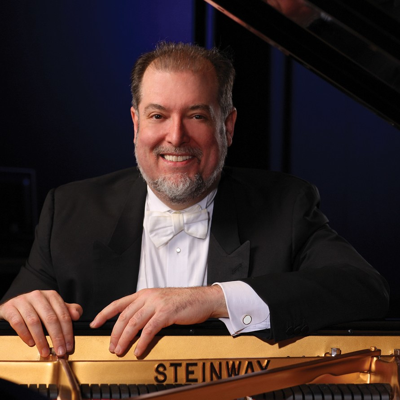
Garrick Ohlsson
Beethoven and Shostakovich
When: 8 p.m. Saturday, April 30
Where: The Schermerhorn
Giancarlo Guerrero and the Nashville Symphony Orchestra devoted their concerts last weekend to music composed on a grand scale. The program included Beethoven’s heroic Piano Concerto No. 5 along with Shostakovich’s darkly emotional Symphony No. 11. Both works received bracing renditions at the Schermerhorn Symphony Center on Friday night.
Lasting nearly 40 minutes, Beethoven’s Fifth Piano Concerto, nicknamed the “Emperor,” is a grandiose work that pits the piano and orchestra in an epic battle for sonic primacy. Indeed, the lengthy first movement functions as an extended exercise in musical one-upmanship, with piano writing that's so brilliant it more than holds its own against the full weight of the orchestra. At the same time, Beethoven beautifully weaves his lyrical subjects into the musical tapestry, creating a near perfect synthesis of poetry and drama.
On Friday, Guerrero and his soloist, pianist Garrick Ohlsson, seemed to be in complete agreement about the dual nature of the Emperor Concerto. Their performance was full of power and heroic sweep in the fast outer movements. Yet they imbued the slow middle movement with a radiance that seemed heaven-sent. You could tell that Guerrero and Ohlsson were pleased with their performance, since they could be seen exchanging happy, satisfied grins throughout the reading. Naturally, their wonderfully extroverted rendition received a thunderous ovation.
Beethoven’s Emperor Concerto moves from struggle to triumph, finally ending in a blaze of heroic E-flat major. Shostakovich’s Symphony No. 11, on the other hand, seems to end with more of a defiant smirk. The symphony is subtitled “The Year 1905,” a reference to the failed Russian Revolution of 1905. Lasting more than an hour, the symphony consists of four movements played without pause. Shostakovich gives each of the movements a descriptive title relating to the revolution.
The Symphony’s brooding first movement, “The Palace Square,” readily conveys the tension of the gathering workers, whose massacre is the subject of the febrile second movement, “The 9th of January.” The third movement, “In Memoriam,” is a deeply felt meditation, while the finale, “The Tocsin,” sizzles with excitement.
Guerrero and the NSO performed this dauntingly difficult music with heart-rending emotion and cinematic sweep. The strings imparted just the right amount of melancholy expression in the slow movements, while the brass, winds and percussion brought tension and drama to the fast movements. It was a masterful rendition that kept the audience at the edge of its collective seat for the duration of the performance.





